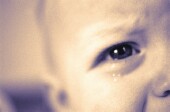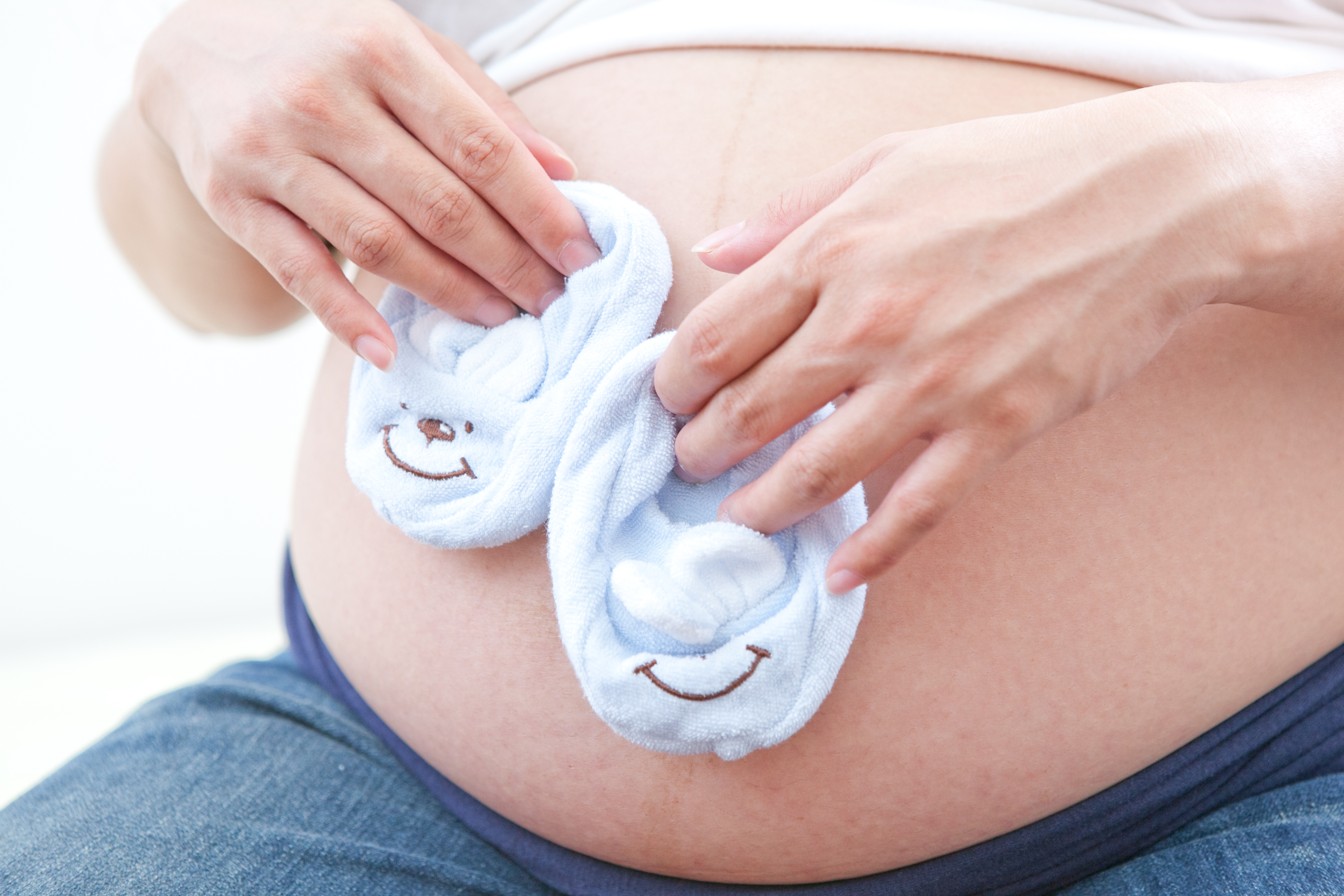
FRIDAY, Nov. 30 (HealthDay News) — The sounds infants make when they cry could offer insight into the likelihood that they’ll later be diagnosed with autism spectrum disorders, a tiny and preliminary study suggests.
However, it’s too early to know if there actually is a connection between cries and autism or why one would exist in the first place. Even if there is a link, the difference between the crying of babies who are developing normally and those with autism may be too subtle for people to notice without audio analysis by a computer.
There’s also the question of what could be done, if anything, to help babies at high risk of autism. Now, physicians are unable to diagnose autism disorders until about the age of 18 months.
Still, the analysis of the cries of babies “might allow us to target the right babies to monitor or intervene with,” said study lead author Stephen Sheinkopf, an assistant professor of psychiatry and human behavior at Brown Medical School in Providence, R.I.
It’s estimated that about one in 88 children has an autism spectrum disorder, an umbrella term for a group of developmental brain disorders that hinder a person’s ability to communicate and interact with others.
In previous studies, researchers looked at the cries of 1-year-old babies and found that the sounds made by infants who were later diagnosed with autism were more likely to be a bit different than typically developing babies.
The new study examined recordings of the crying of two groups: 21 babies aged 6 months who were at higher risk of autism spectrum disorders because they have siblings diagnosed with them, and 18 other babies considered to be at low risk. Computers analyzed the acoustics of the recordings.
The babies at high risk cried at a higher pitch, and there was another subtle difference that had to do with a kind of background noise in the cry, Sheinkopf said. But people might not be able to pick up the differences without the computer’s help, he said. “We don’t want parents to go home and listen anxiously to their babies cry. We think it’s more subtle than that,” he noted.
The study results are complicated: Only three of the at-risk babies were later diagnosed with autism spectrum disorders. Their cries were the highest-pitched and the most noisy, Sheinkopf said.
What’s going on, if anything? Sheinkopf said it may have something to do with how the central nervous system affects the acoustics of crying. “We know that older children with autism often produce sound in eccentric or unusual ways.”
More research is needed to fully understand whether there’s a connection between the autism and the acoustics of crying, he said.
What if it’s actually possible to predict whether a young baby will develop autism by examining how he or she cries? New research suggests that it’s possible to help them learn how to better communicate with others, said Geraldine Dawson, chief science officer at the advocacy group Autism Speaks.
For her part, Helen Tager-Flusberg, a professor of psychology who studies autism at Boston University, said the latest findings are interesting but need to be confirmed in a much larger group of babies.
Even if there is a link, “we don’t know yet where the cut off would be that actually predicts later diagnosis of autism,” she said.
The study was published in a recent issue of the journal Autism Research.
While the study found an association between infants at risk for autism and subtle differences in their crying, it did not prove a cause-and-effect relationship.
More information
For more about autism, visit the U.S. National Library of Medicine.

